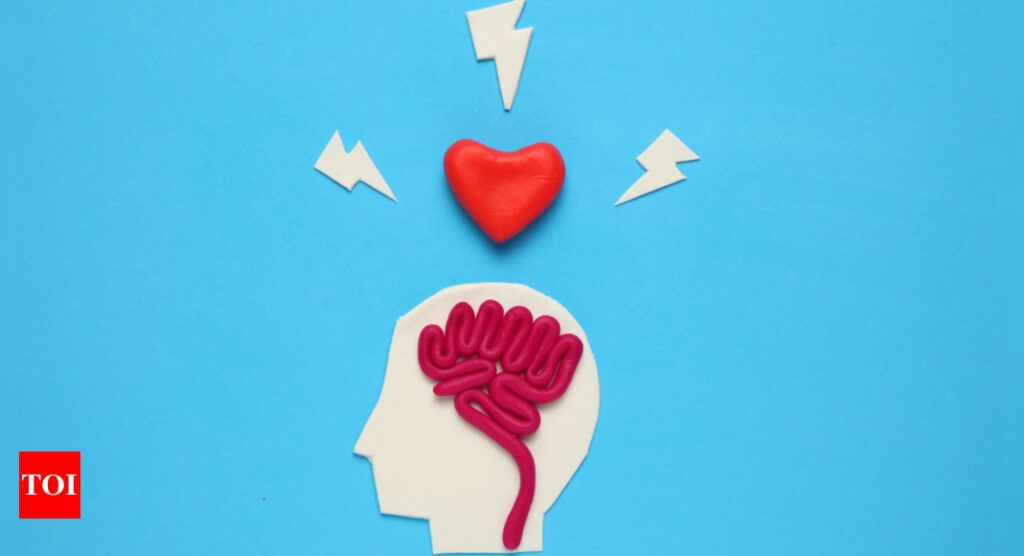Love is described as an emotion beyond the ordinary, but have you ever wondered what happens inside the brain when we experience it? Recent studies have shed light on how romantic relationships, in particular, can significantly affect the functioning of our brains.
Synchronize emotions and brain activity
When it comes to processing emotions, our brains seem to synchronize more closely with our romantic partners than with our close friends. A study published in NeuroImage found that romantic couples showed greater synchronization in both behavior and brain activity when watching emotional videos together. This synchronization is especially noticeable in the prefrontal cortex, the brain region responsible for regulating emotions and cognitive processes. The study involved 25 heterosexual couples and 25 pairs of close friends, all of whom were college students. While watching emotional video clips, participants’ brain activity was recorded using EEG hyperscanning, a technique that allows simultaneous recording of brain signals from two people. Research shows that couples exhibit higher levels of neural and behavioral synchronization, especially in the alpha frequency range, which is associated with emotional regulation. This finding highlights the deep neural connection between lovers, distinguishing it from the bond shared with close friends.
The study involved 25 heterosexual couples and 25 pairs of close friends, all of whom were college students. While watching emotional video clips, participants’ brain activity was recorded using EEG hyperscanning, a technique that allows simultaneous recording of brain signals from two people. Research shows that couples exhibit higher levels of neural and behavioral synchronization, especially in the alpha frequency range, which is associated with emotional regulation. This finding highlights the deep neural connection between lovers, distinguishing it from the bond shared with close friends.
The role of negative emotions in strengthening bonds
Brain foods you should eat every day
The study also revealed that negative emotions like sadness and anger are more strongly synchronized between couples than positive emotions like happiness. This is consistent with previous research showing that negative emotions play an important role in maintaining emotional bonds in romantic relationships. The ability to understand and manage these emotions is important for conflict resolution and support during challenging times. This synchronization of negative emotions may be a mechanism that helps couples overcome ups and downs in their relationship.
The compensatory relationship between synchronization and relationship quality
One of the most surprising findings of the study was the relationship between neural synchronization and relationship quality. Contrary to expectations, couples with lower relationship quality had higher levels of prefrontal synchronization. This led researchers to propose a “compensatory relationship,” in which couples may increase frontal synchronization to maintain emotional synchronization when relationship quality is lower. . This finding suggests the brain can compensate for relationship difficulties by working harder to maintain emotional connection, even when the relationship is strained.
Love as a distinct neurological experience
The study’s findings highlight that romantic relationships are distinct from friendships at a neurological level. Using machine learning techniques, researchers can classify relationships based on neural synchronization more accurately than based on behavioral data alone. This suggests that love creates a unique neural signal that sets it apart from other types of relationships. In particular, the prefrontal cortex plays an important role in this distinction, serving as a physiological marker of romantic love.



